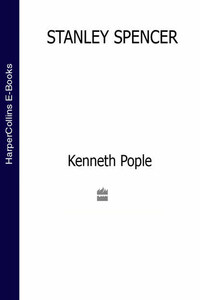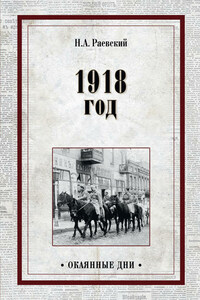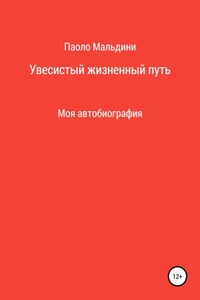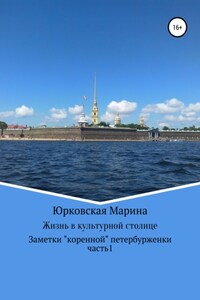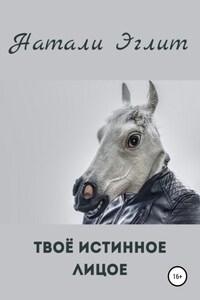COPYRIGHT
HarperCollinsPublishers Ltd
1 London Bridge Street
London SE1 9GF
www.harpercollins.co.uk
First published by William Collins Sons & Co Ltd 1991
This edition published in paperback 1996
Copyright © Kenneth Pople 1991
Kenneth Pople asserts the moral right to be identified as the author of this work
All rights reserved under International and Pan-American Copyright Conventions. By payment of the required fees, you have been granted the nonexclusive, nontransferable right to access and read the text of this e-book on-screen. No part of this text may be reproduced, transmitted, downloaded, decompiled, reverse-engineered, or stored in or introduced into any information storage and retrieval system, in any form or by any means, whether electronic or mechanical, now known or hereafter invented, without the express written permission of HarperCollins e-books.
HarperCollinsPublishers has made every reasonable effort to ensure that any picture content and written content in this ebook has been included or removed in accordance with the contractual and technological constraints in operation at the time of publication.
Source ISBN: 9780002556644
Ebook Edition © JUNE 2016 ISBN: 9780008193287
Version: 2016-06-07
I will make the poems of materials, for I think they are to be
the most spiritual poems,
And I will make the poems of my body and of mortality,
For I think I shall then supply myself with the poems of my soul
and of immortality. …
Walt Whitman: Starting from Paumanock
Preamble
I often think I would enjoy writing more if it were not dependent on thoughts logically following each other. But I think this limits the capacity of thought and cuts it off from something which in its undisturbed condition it can deal with and perform.
Stanley Spencer>1
IN 1938, some of Spencer’s friends and associates urged him to assemble his thoughts into an autobiography. They included his dealer Dudley Tooth, the newly appointed director of the Tate Gallery John Rothenstein, and the publisher Victor Gollancz, whose wife had been, as Ruth Lowy, one of Spencer’s fellow-students at the Slade and an early patron.
Their intention was to help him. His personal life was in shreds, his finances in disarray, his time largely devoted to saleable but ‘pot-boiling’ landscapes, his hallowed visionary work misunderstood and largely rejected. A judicious autobiography in which he could explain his ideas and motives might, it was felt, restore his prestige.
Spencer’s first reaction was one of caution. If, he argued, the public already found much of his visionary work ‘funny’, would they not find his explanations more so? Then suddenly he became enthusiastic. He would indeed write an autobiography. But it would not be assembled in the normal chronological arrangement. It would be a leisurely ‘stroll’ through his life, with pauses, diversions and retraces as the mood took him, a putting down on paper of the events, thoughts and feelings of his entire life to date. Nothing would be omitted. But neither would anything be stressed. The reader, making the journey with him, would be free to find the clues to his life, thinking and art, as Spencer himself had, often in strange and unexpected places.
